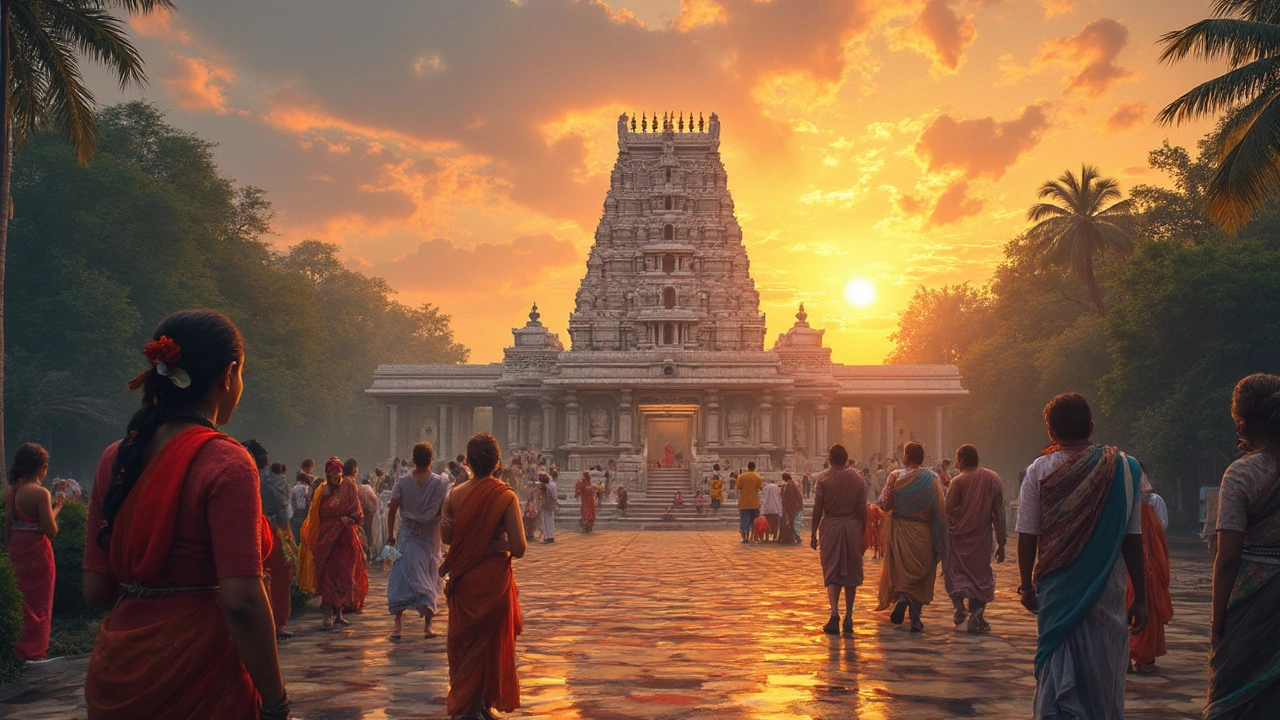Global Religion: What It Means and How It Shapes Travel in India
When we talk about global religion, the collective belief systems practiced across nations that influence culture, behavior, and travel choices. Also known as world religion, it isn’t just about churches, mosques, or temples—it’s about how people live, eat, dress, and move through the world. In India, global religion isn’t something you read about in a book. It’s in the air you breathe at a temple gate, the silence before a prayer at dawn, the way strangers offer you food because it’s sacred to give.
Religious tourism is one of the biggest drivers of travel here. Millions come not just to see the Taj Mahal, but to touch the walls of ancient shrines, walk the same paths as pilgrims for centuries, or stand where the Ark of the Covenant is rumored to have once rested. Indian temples, sacred sites governed by centuries-old customs and local rituals aren’t just architecture—they’re living institutions. Dress codes, shoe removal, head coverings, and even what you eat before entering aren’t suggestions. They’re rules written into the fabric of belief. Skip them, and you risk offending more than just locals—you break the rhythm of a place that’s been sacred for over a thousand years.
And it’s not just about Hinduism. India’s spiritual landscape includes Sufi shrines where Muslims and Hindus pray side by side, Buddhist monasteries in the Himalayas, ancient Jain temples carved into cliffs, and Syrian Christian churches older than many European cathedrals. religious tourism, travel motivated by spiritual connection, pilgrimage, or cultural reverence is why people fly across the world just to sit quietly in a temple courtyard or join a midnight chant in Varanasi. This isn’t sightseeing. It’s participation.
That’s why the posts below matter. You won’t find fluff about "spiritual energy" or vague advice like "be respectful." You’ll find real, practical guides: what to wear before entering a temple, how to avoid getting sick from temple prasad, why hiring a local guide isn’t optional on certain treks near sacred sites, and how to tell if a temple is open to outsiders—or if you’re walking into a private ritual. Some posts even tie global religion to geography: why Nagpur is called the Heart of India, not just because of its center point on the map, but because it sits between major pilgrimage routes. Others connect faith to safety: why certain cities are safer for solo travelers because of strong community norms shaped by religion.
Global religion doesn’t just define where you go in India. It tells you how to behave, when to speak, when to stay quiet, and what to eat—or not eat. The posts ahead give you the real rules, not the tourist brochures. Skip the guesswork. Know what you’re stepping into.
